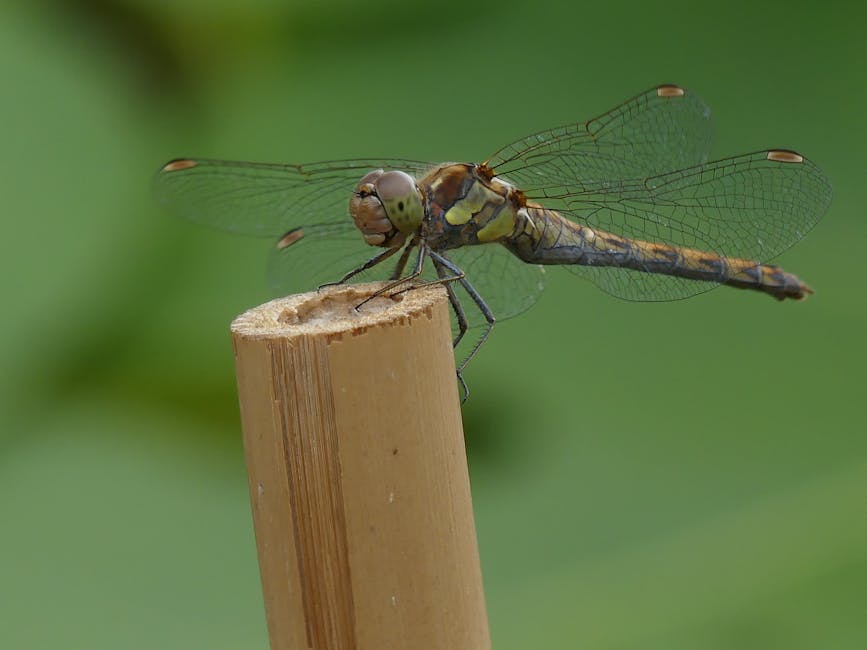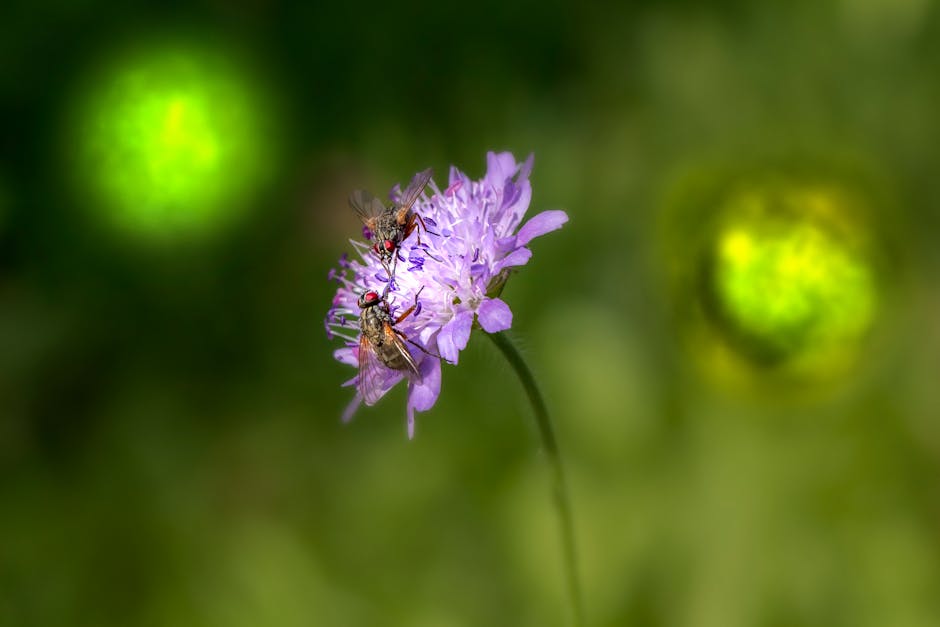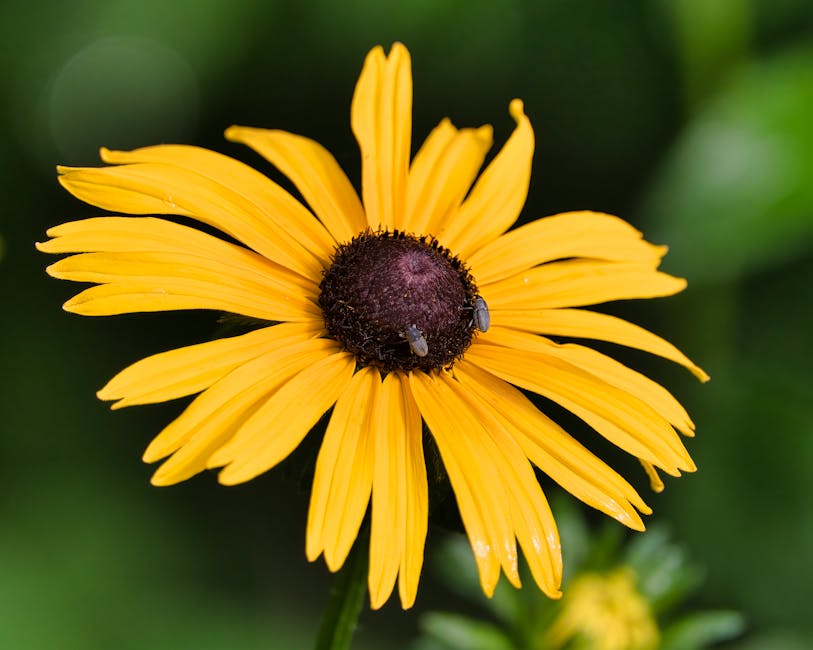Banish Backyard Buzzkills: The Ultimate Guide to Eliminating Flies
Flies buzzing around your backyard barbecue? Fruit flies swarming your compost bin? A persistent fly infestation can quickly turn a relaxing outdoor space into a frustrating battleground. But don’t despair! This comprehensive guide will equip you with the knowledge and strategies to effectively get rid of flies in your backyard, from simple preventative measures to targeted extermination techniques. We’ll explore various methods, catering to different levels of infestation and personal preferences, ensuring you reclaim your outdoor oasis.
Understanding Your Enemy: Types of Backyard Flies
Before tackling the problem, it’s crucial to identify the type of fly you’re dealing with. Different flies have different breeding habits and require different approaches to control. Common backyard pests include:
- House Flies: These are the ubiquitous, annoying flies that are attracted to decaying organic matter. They breed in garbage, manure, and other filth.
- Fruit Flies: These tiny pests are drawn to fermenting fruit and sugary substances. Overripe fruit, spilled juice, and even damp mops can attract them.
- Blow Flies: Often larger than house flies, blow flies are attracted to decaying flesh and carrion. They can be a sign of a larger problem, such as a dead animal.
- Cluster Flies: These flies tend to cluster in large numbers, often entering homes through cracks and crevices in the fall. They are less of a health concern than other types of flies.
- Stable Flies: These biting flies feed on blood and can be a significant nuisance, particularly in areas with livestock.
Preventative Measures: Stopping Flies Before They Start
The best approach to fly control is prevention. By eliminating breeding grounds and making your backyard less attractive to flies, you can significantly reduce their numbers:
Proper Waste Disposal:
Regularly empty and thoroughly clean all trash cans, including recycling bins. Use tightly sealed garbage bags and consider using trash cans with lids that seal tightly. Dispose of trash promptly.
Compost Management:
If you compost, turn your compost pile frequently to allow for proper aeration and decomposition. Avoid adding meat scraps or dairy products to your compost, as these attract flies. Consider using a sealed compost bin.
Pet Waste Removal:
Clean up pet waste immediately. Flies are attracted to the ammonia in animal feces.

Keep Food Covered:
Store food properly, using airtight containers or keeping it refrigerated. Clean up spills and crumbs immediately. Avoid leaving food out uncovered, especially sugary drinks.
Maintain Cleanliness:
Keep your backyard clean and tidy. Remove any standing water, which can breed mosquitoes and other insects. Regularly sweep and clean patios and decks.
Landscaping Strategies:
Trim overgrown vegetation and remove any piles of leaves or debris, which can provide shelter for flies. Well-maintained landscaping makes your backyard less attractive to insects.
Active Fly Control Methods: Eliminating Existing Infestations
If you already have a fly problem, you’ll need to take more aggressive action. Here are some effective methods:
Fly Traps:
Various fly traps are commercially available, including sticky traps, electric fly swatters, and bait traps. These traps are effective at catching flies, particularly fruit flies. Place traps strategically near potential breeding grounds.

Fly Swatters:
A simple and effective method for dealing with individual flies is a good old-fashioned fly swatter. This is a particularly satisfying method, but it’s only effective for small-scale infestations.
Insecticides:
Chemical insecticides can be effective, but should be used cautiously and according to the manufacturer’s instructions. Always choose a product that is appropriate for outdoor use and is safe for pets and children. Consider using natural insecticides as a more environmentally friendly alternative.

Natural Repellents:
Certain plants and essential oils have natural fly-repelling properties. Consider planting herbs like basil, lavender, and peppermint around your backyard. Essential oils like citronella and eucalyptus can also be effective when diffused or applied topically (with caution).
Homemade Fly Traps:
You can create your own effective fly traps using simple household items. A common method involves a jar with a mixture of apple cider vinegar and dish soap. The flies are attracted to the vinegar and drown in the soapy solution.
Professional Pest Control: When to Call the Experts
If you’ve tried various methods and still have a persistent fly problem, it’s time to call in the professionals. A pest control company has the expertise and equipment to deal with large-scale infestations and identify the source of the problem.
Maintaining a Fly-Free Backyard: Long-Term Strategies
Once you’ve successfully eliminated the flies, it’s important to maintain a fly-free environment. Regularly implement the preventative measures outlined above and keep a close eye on your backyard for any signs of renewed infestation. By combining preventative strategies with timely intervention, you can enjoy a peaceful and fly-free backyard for years to come.

